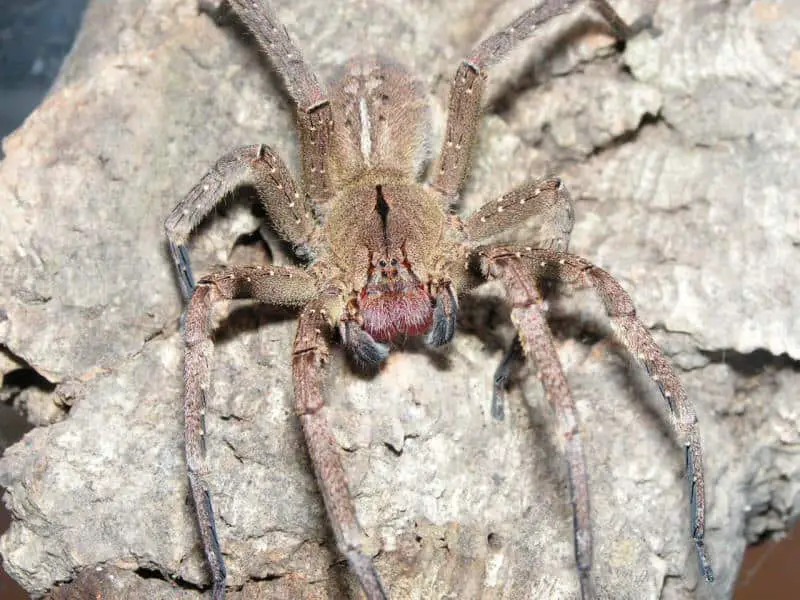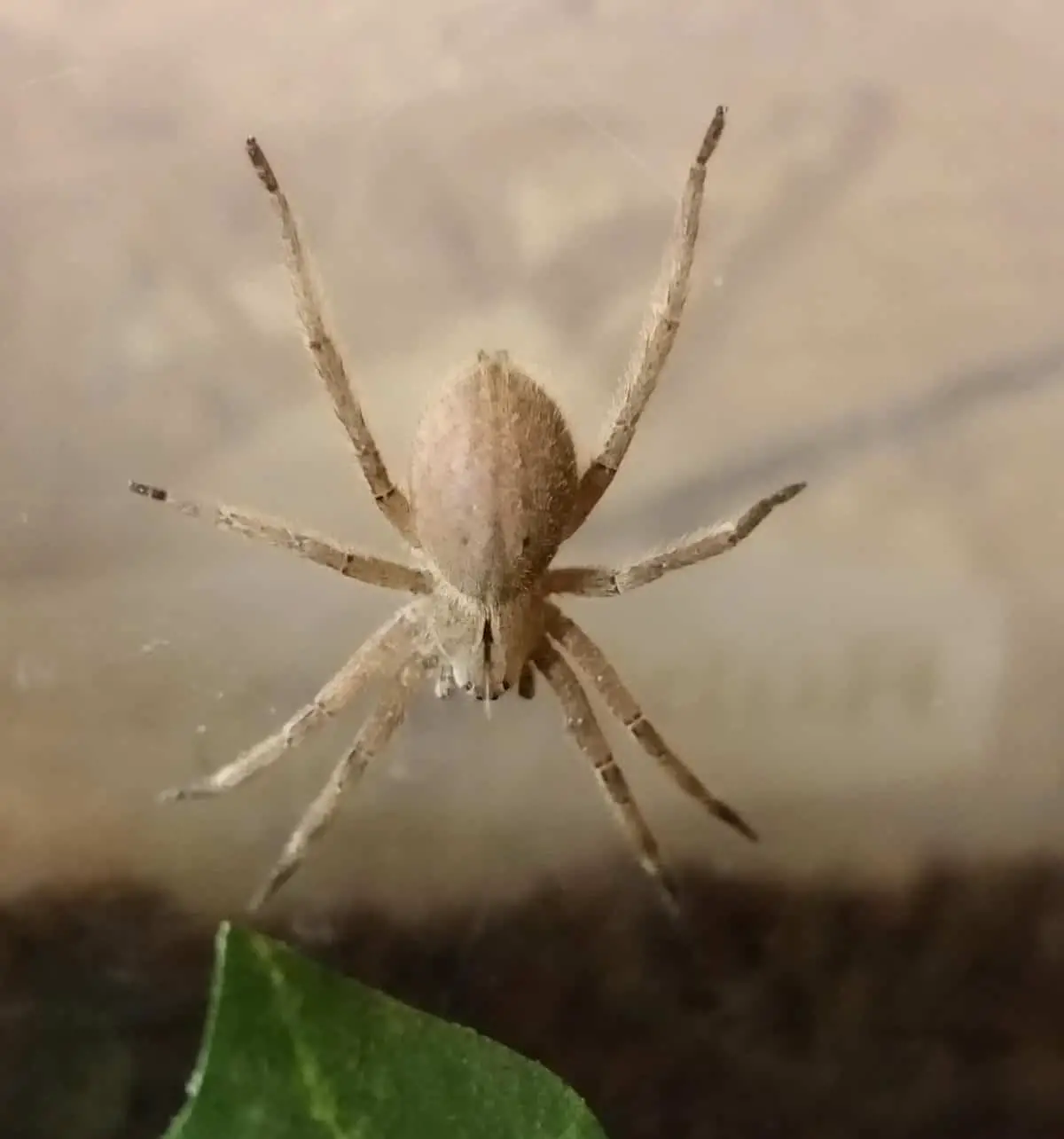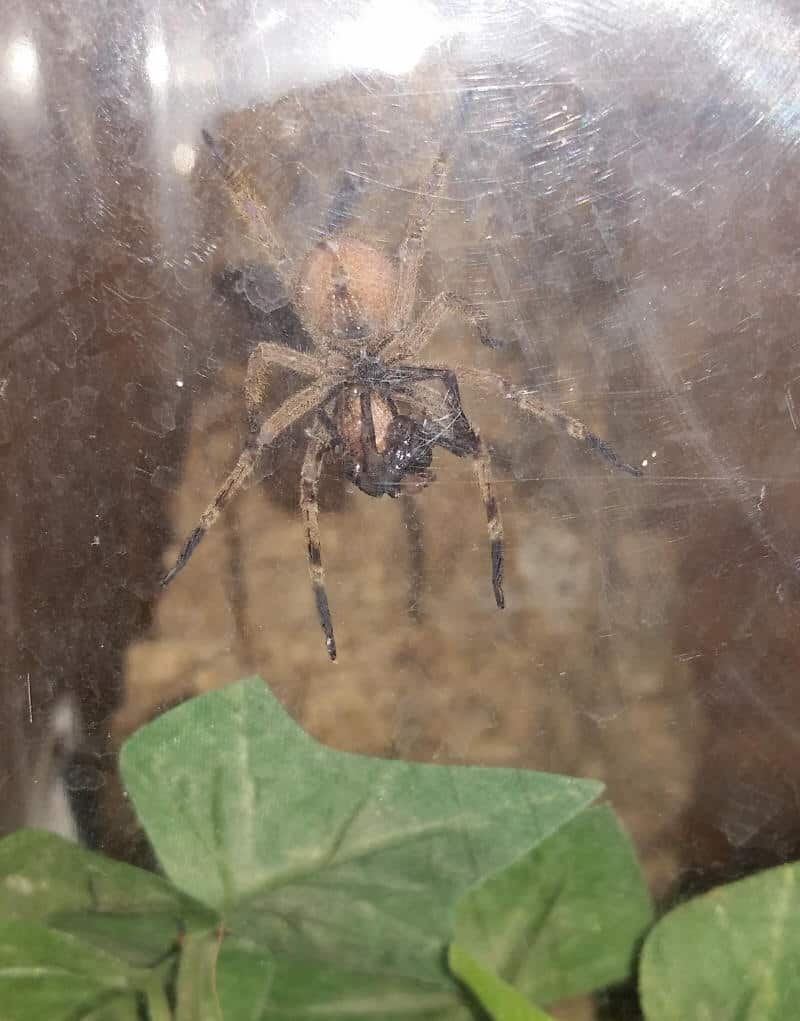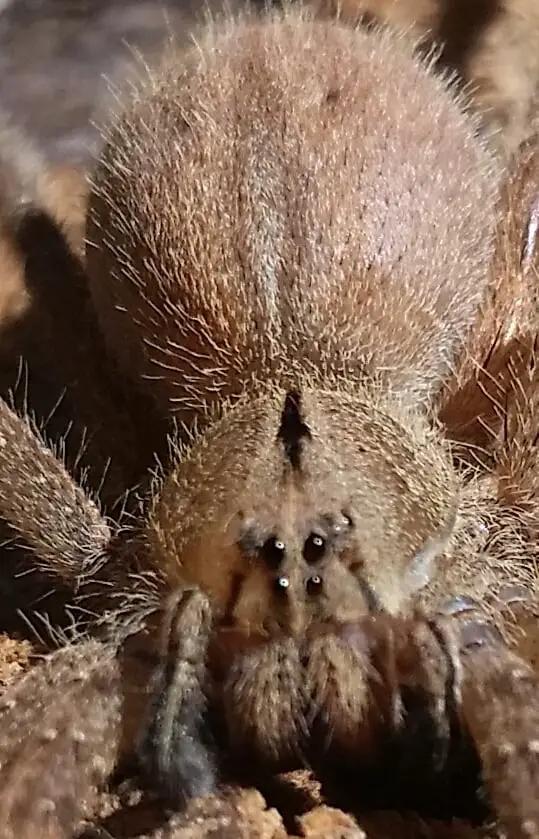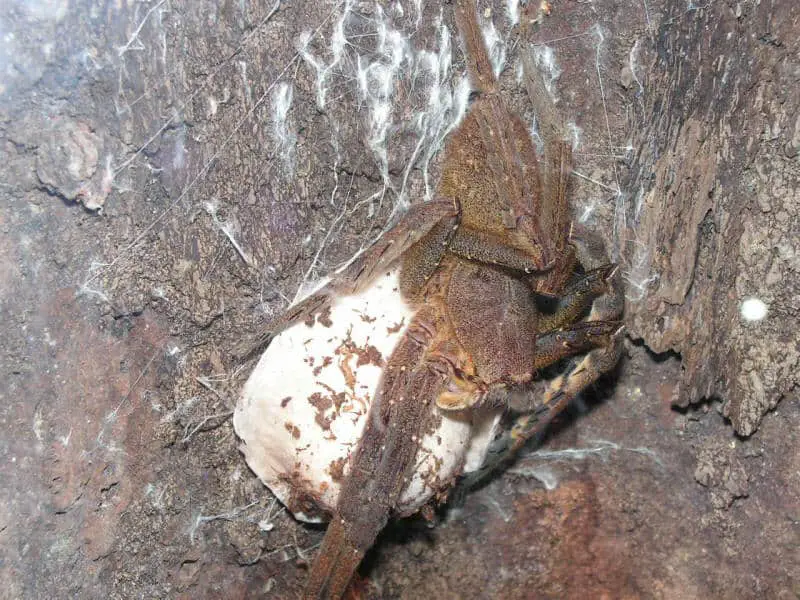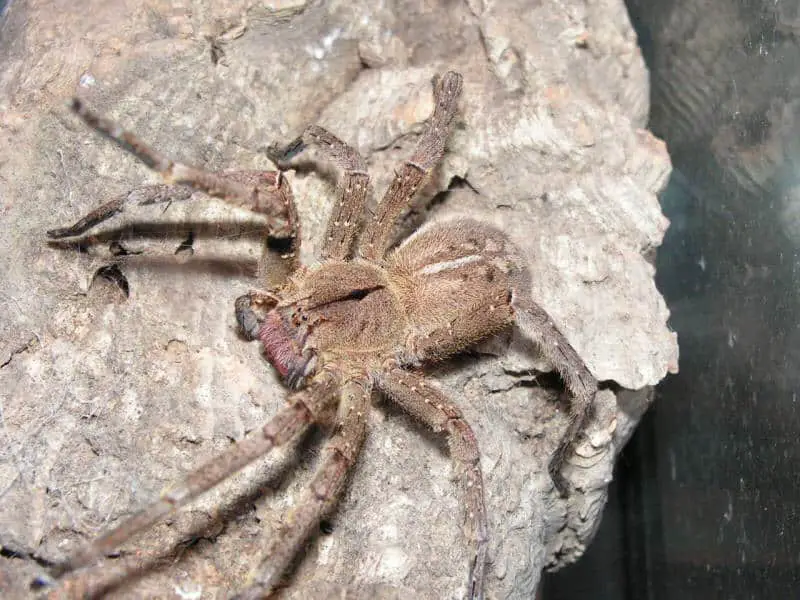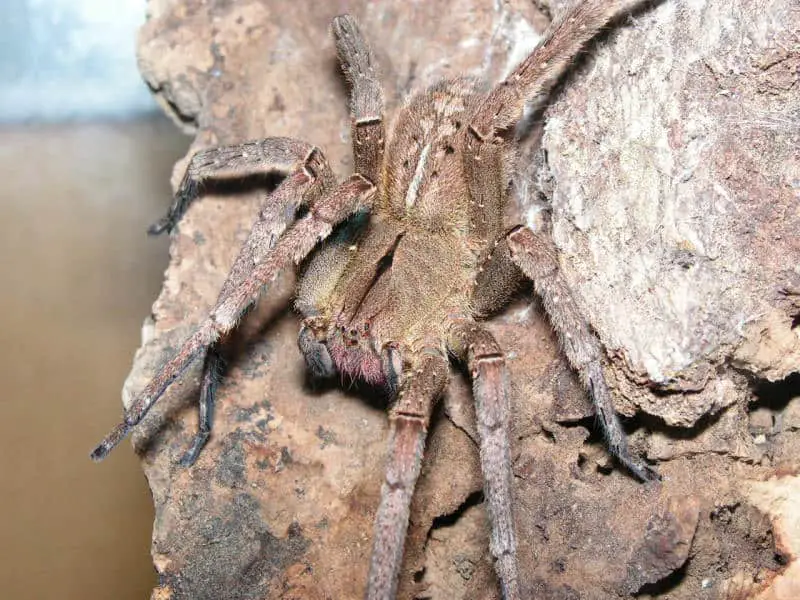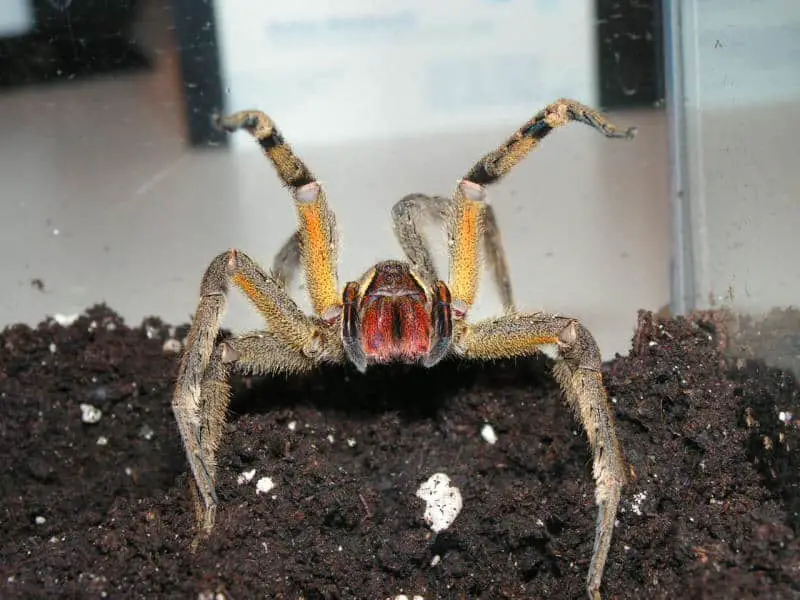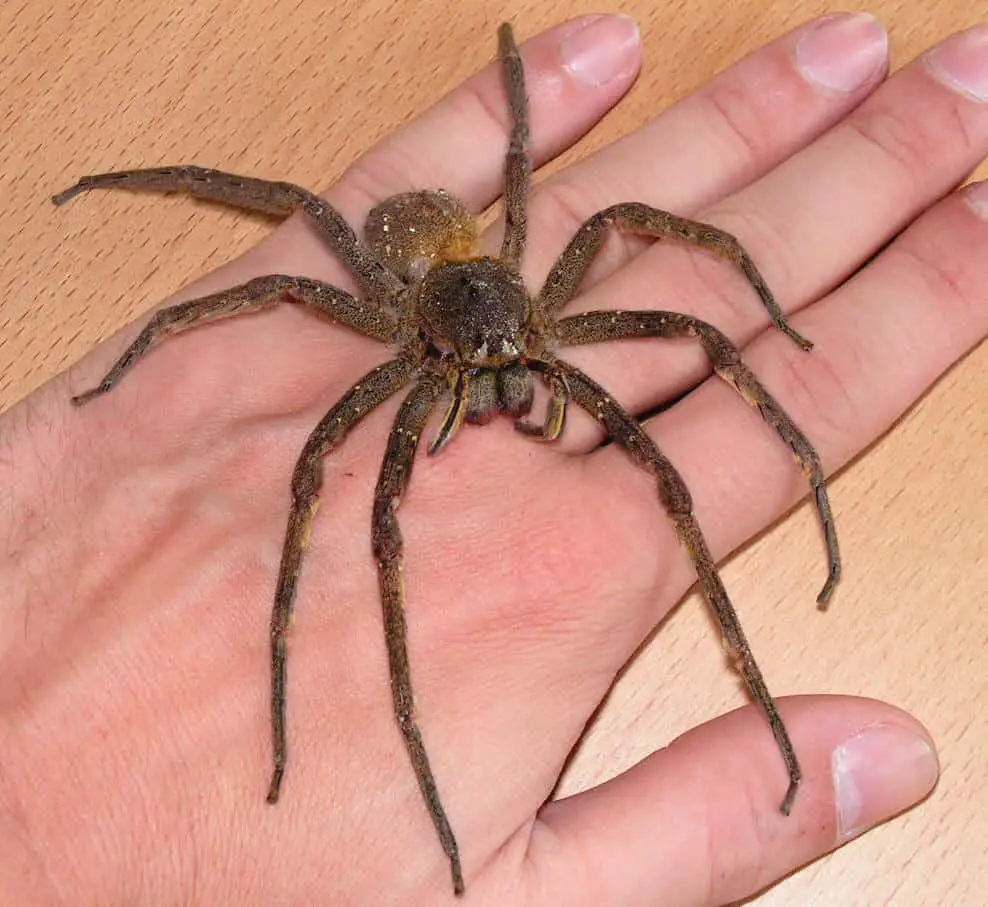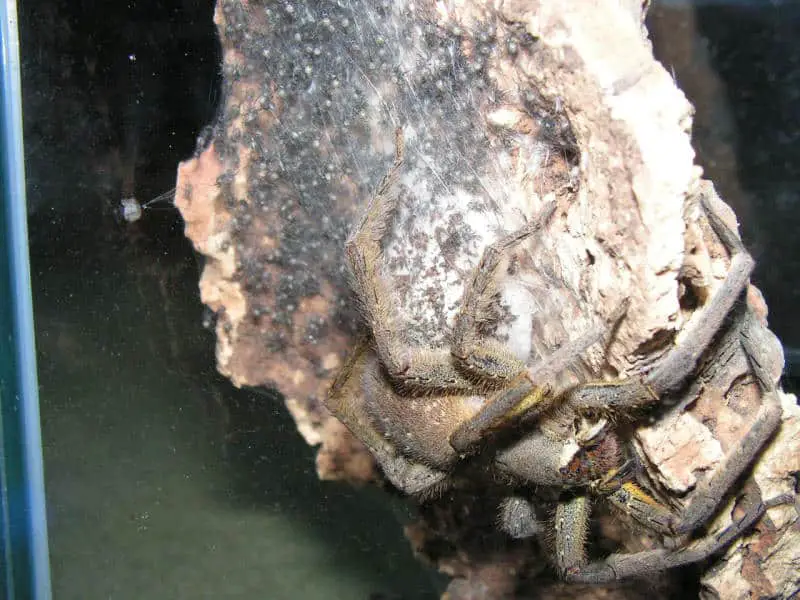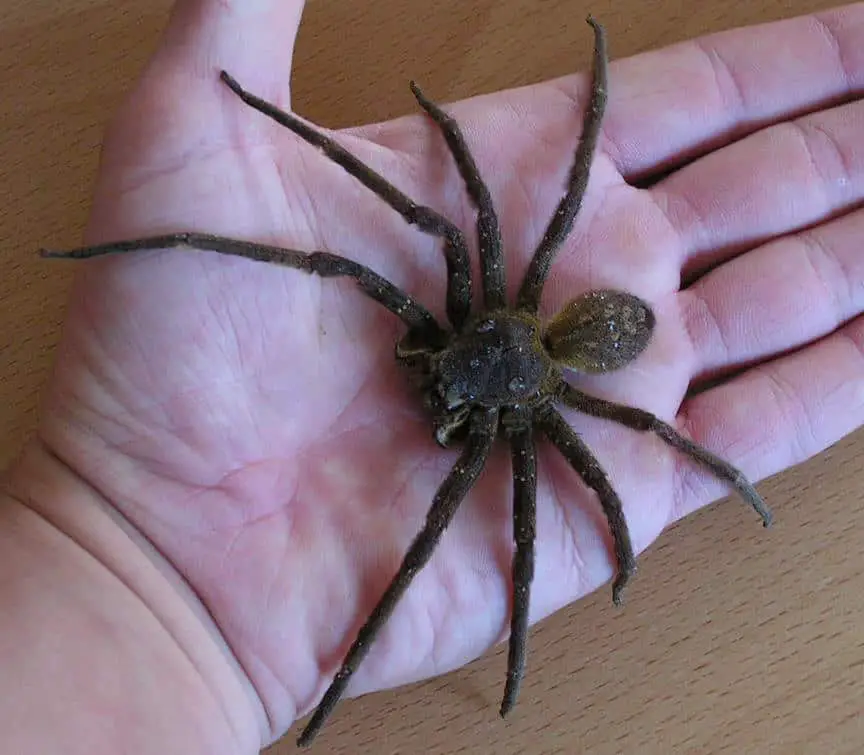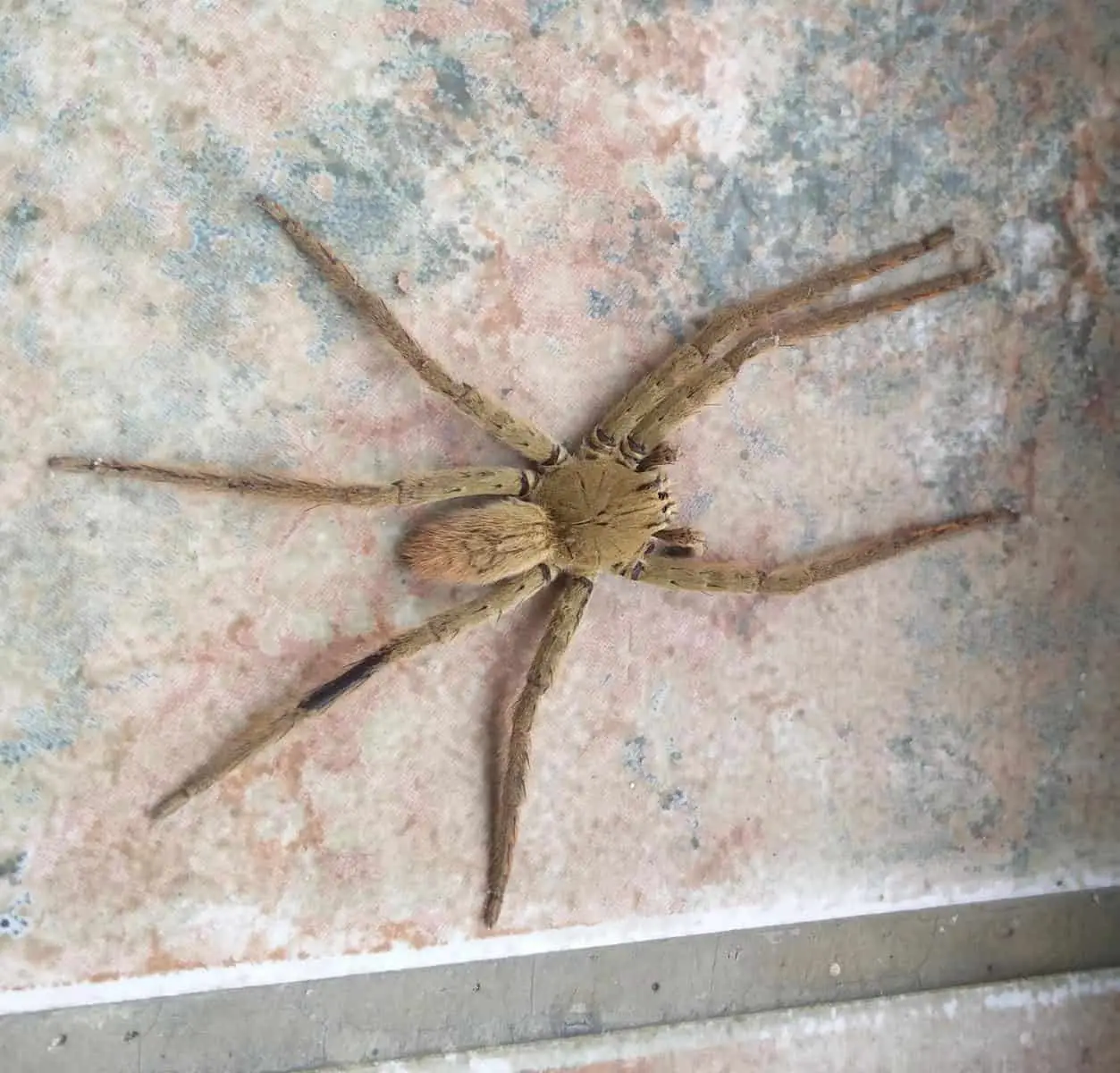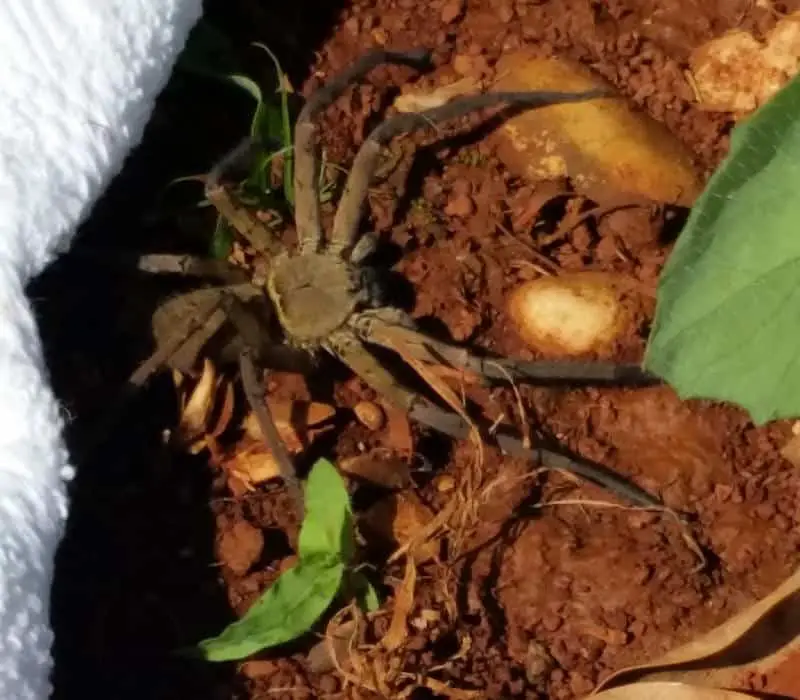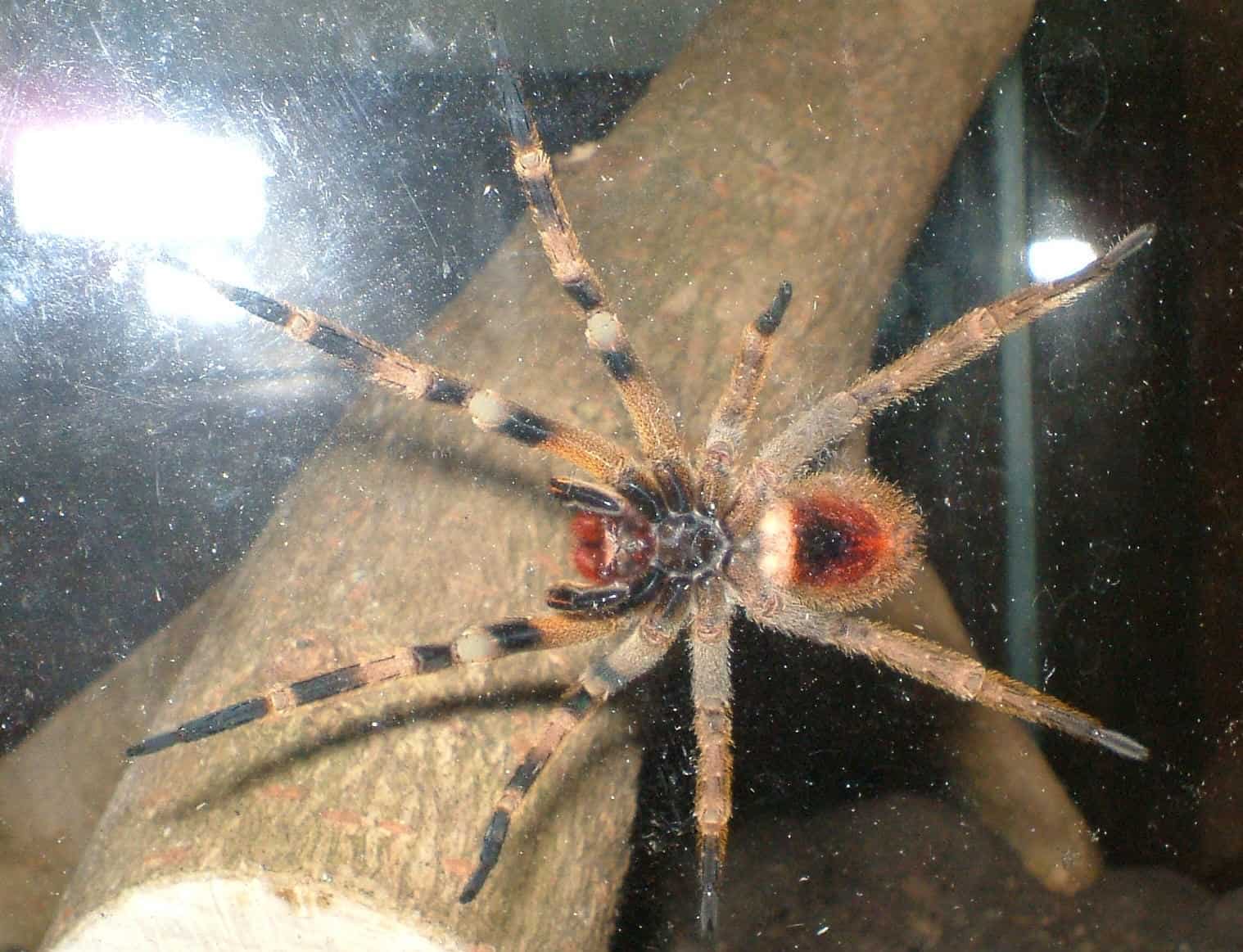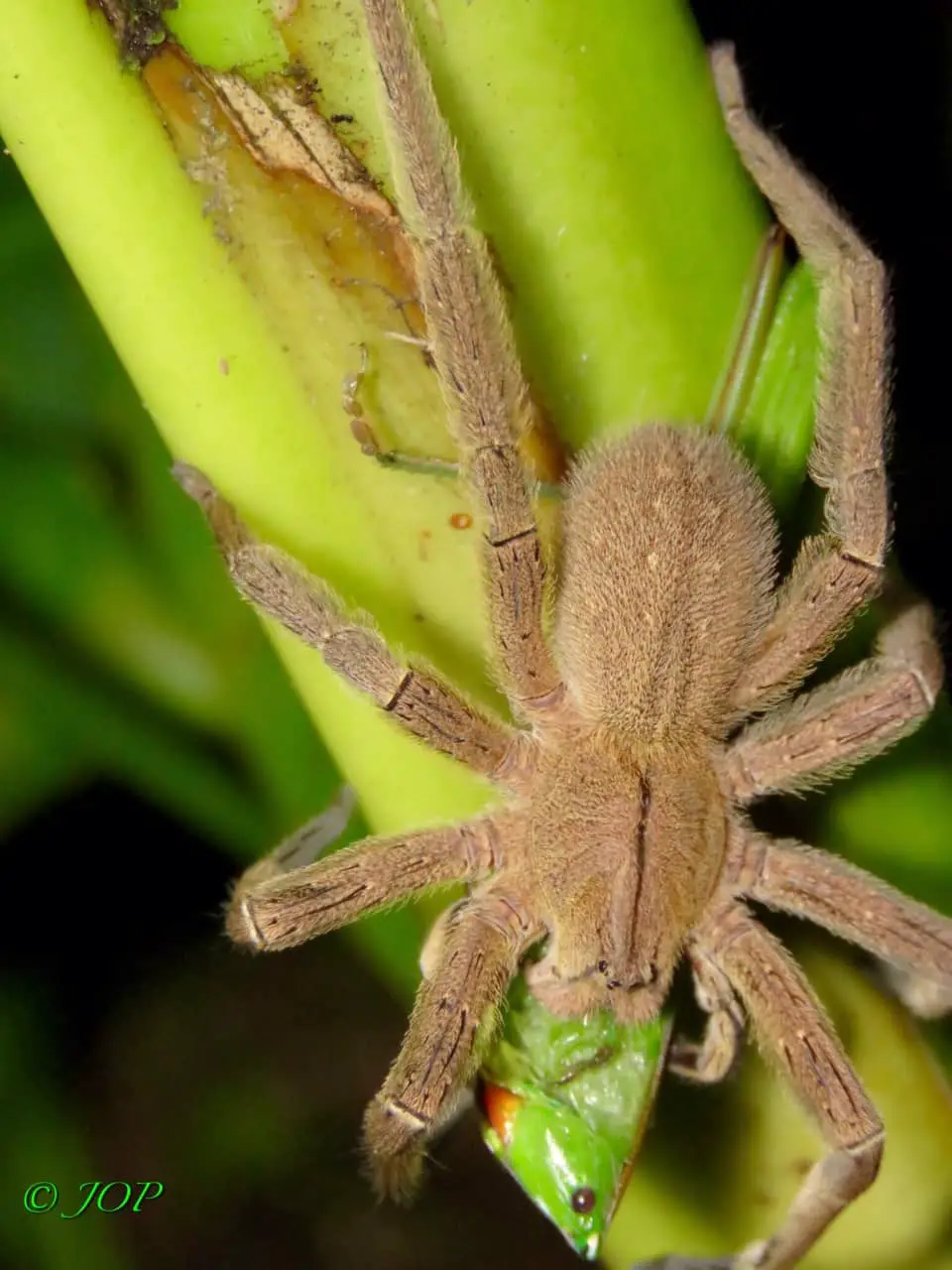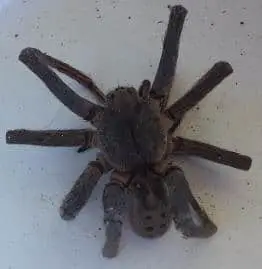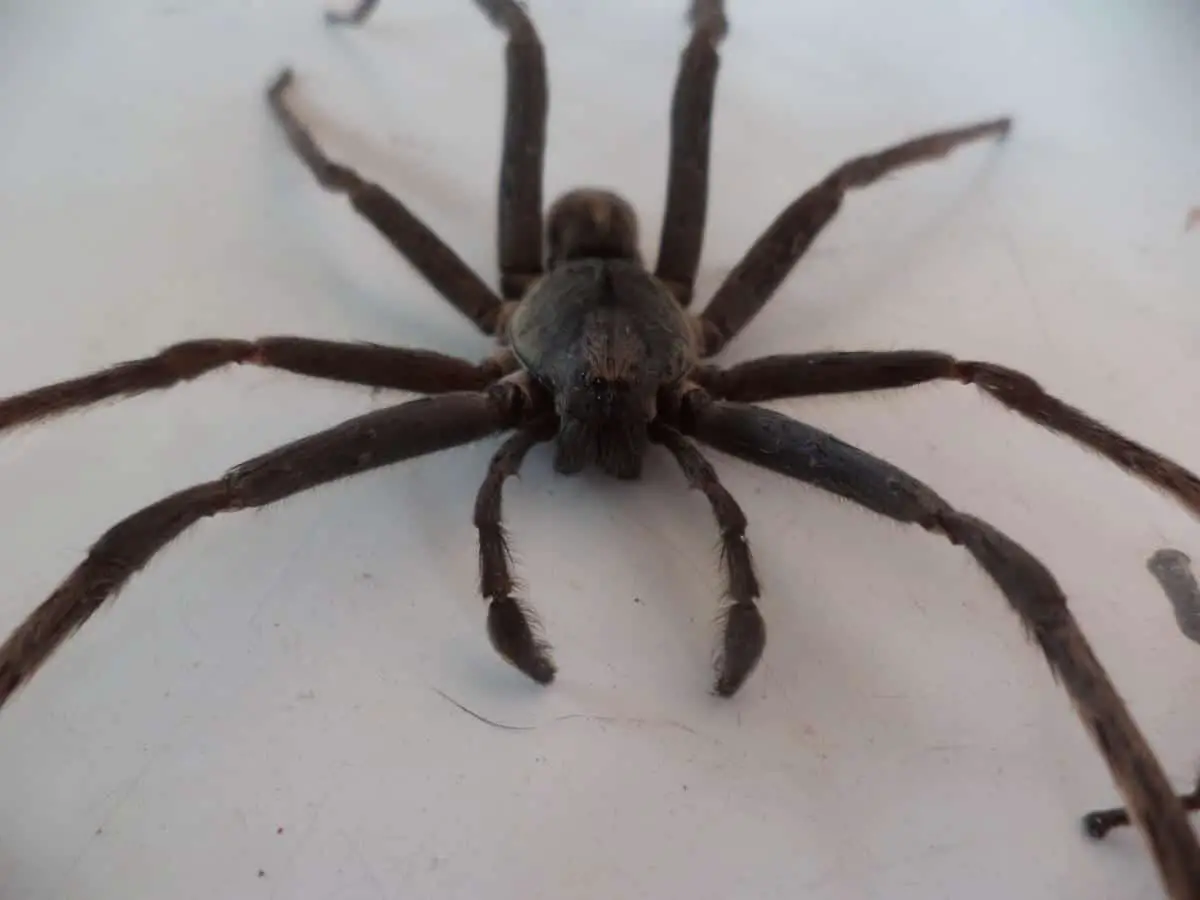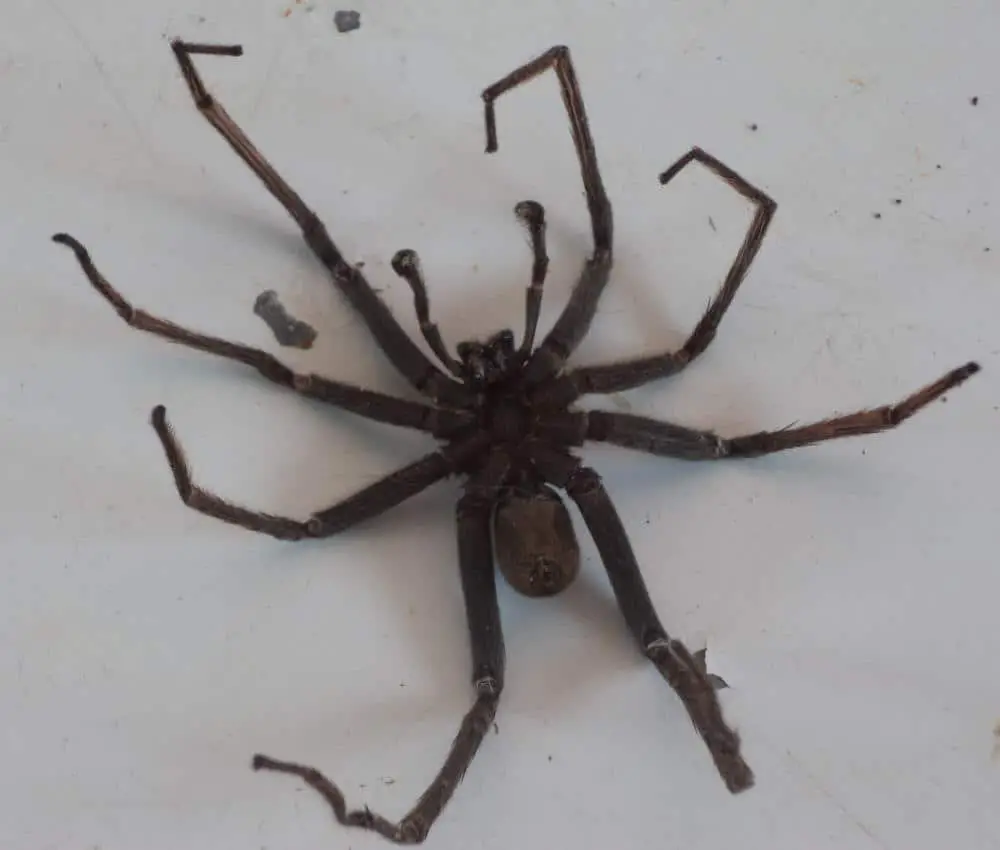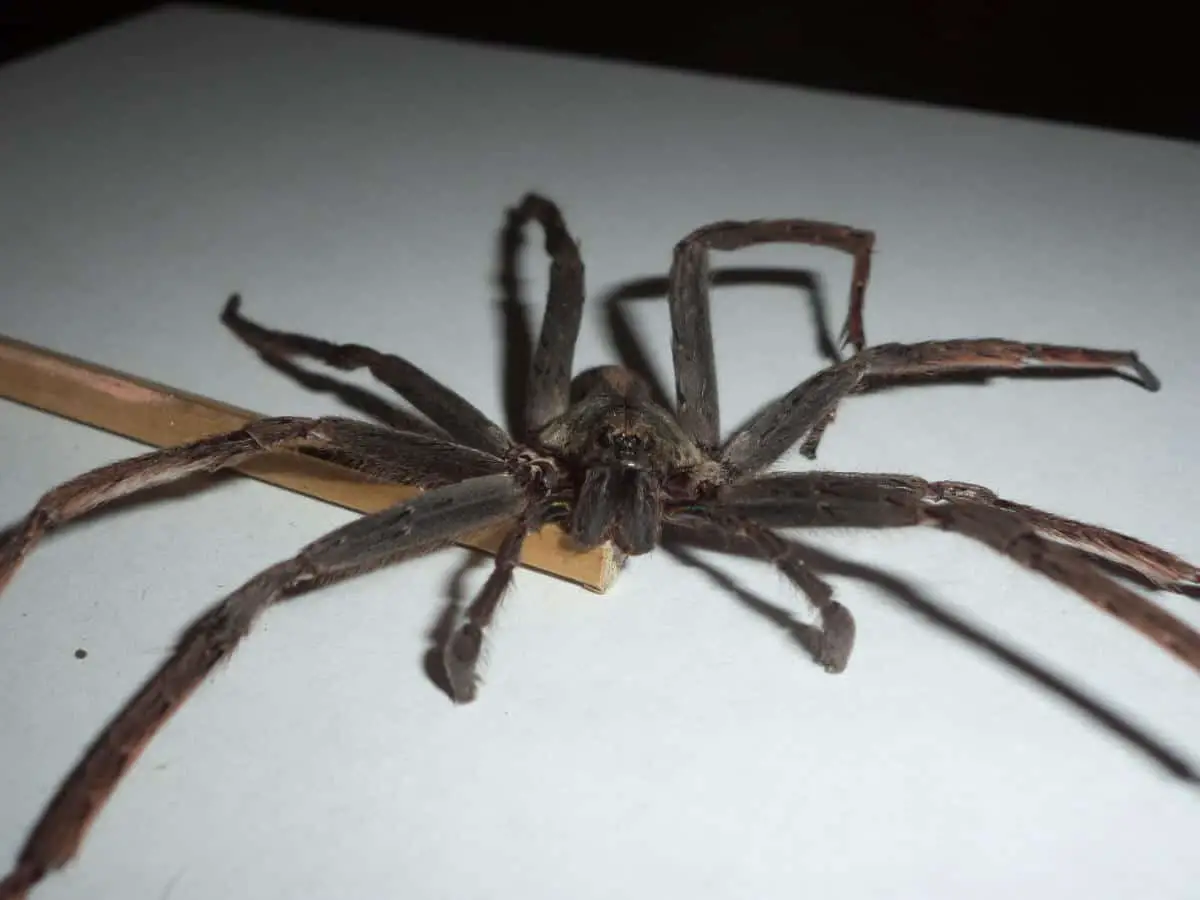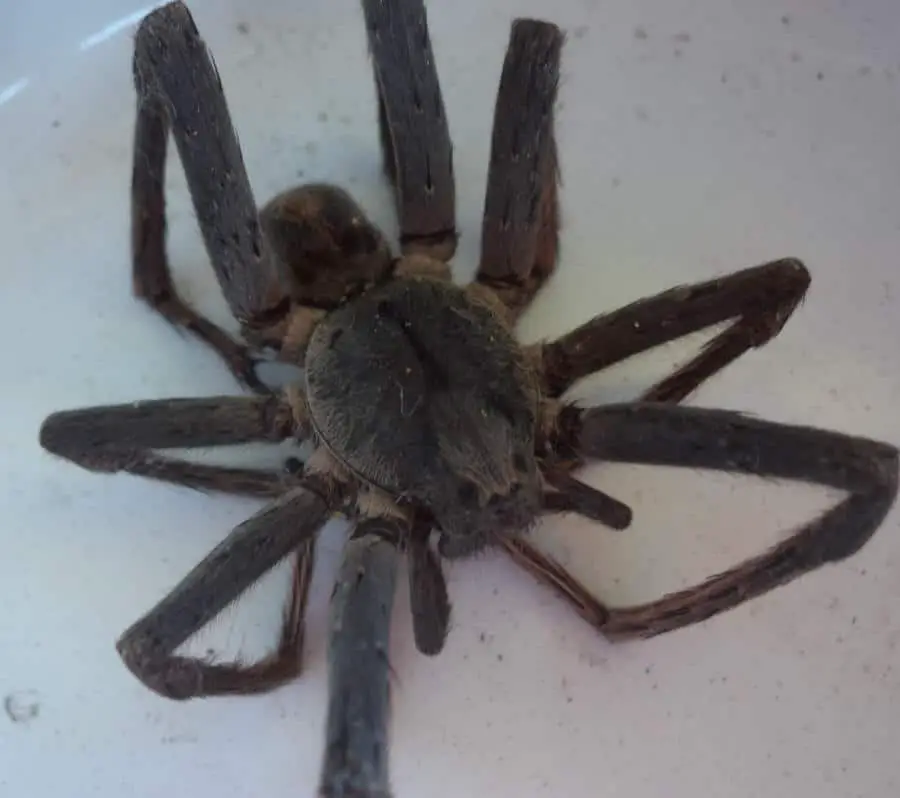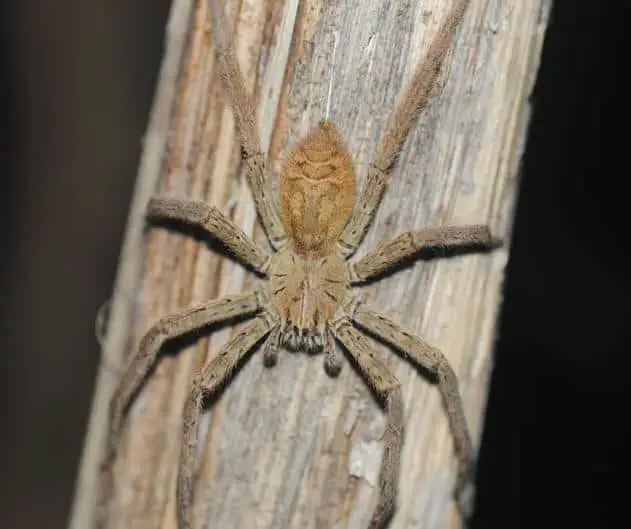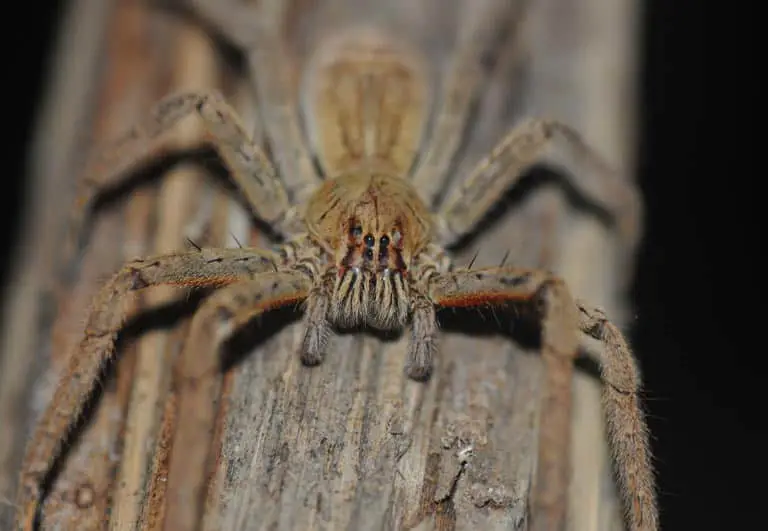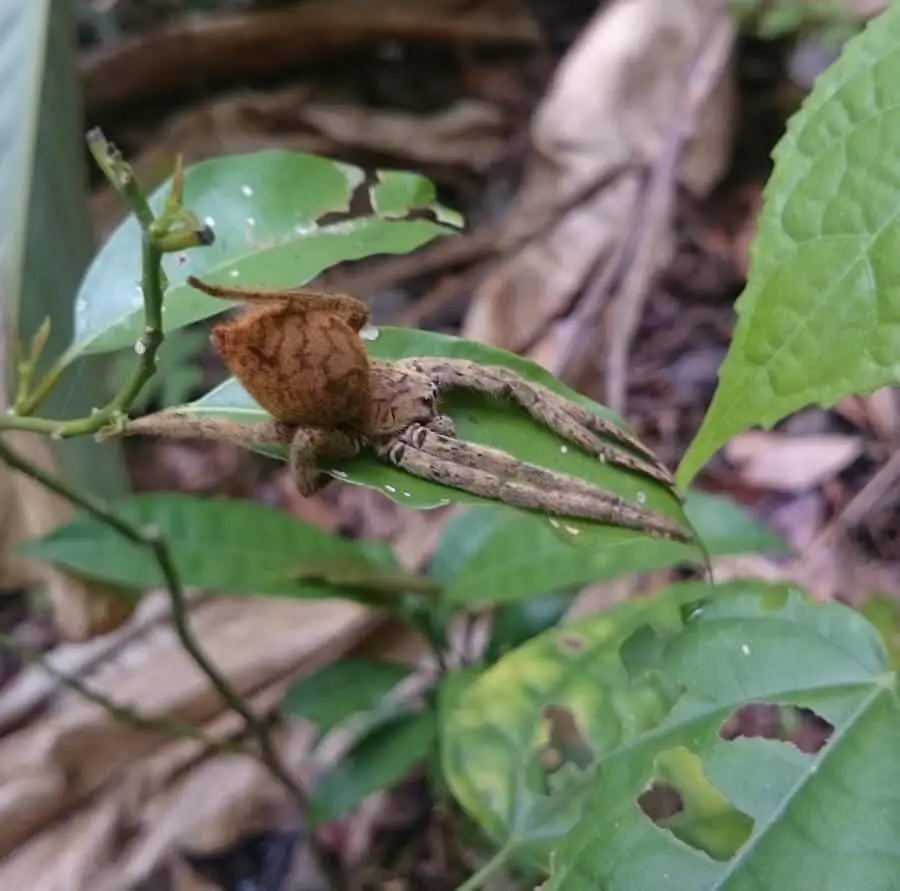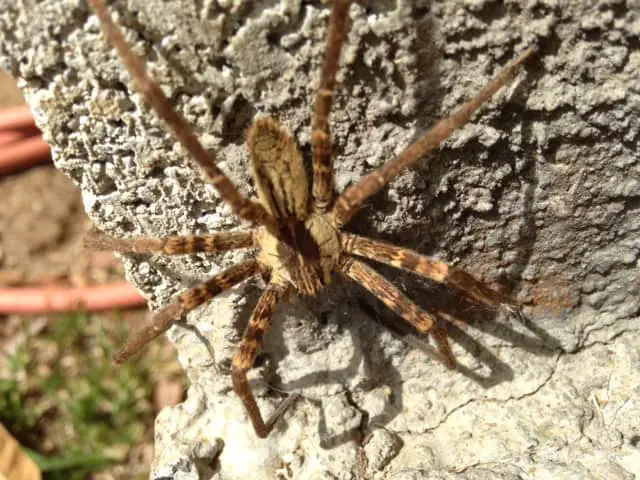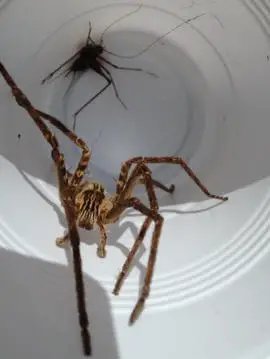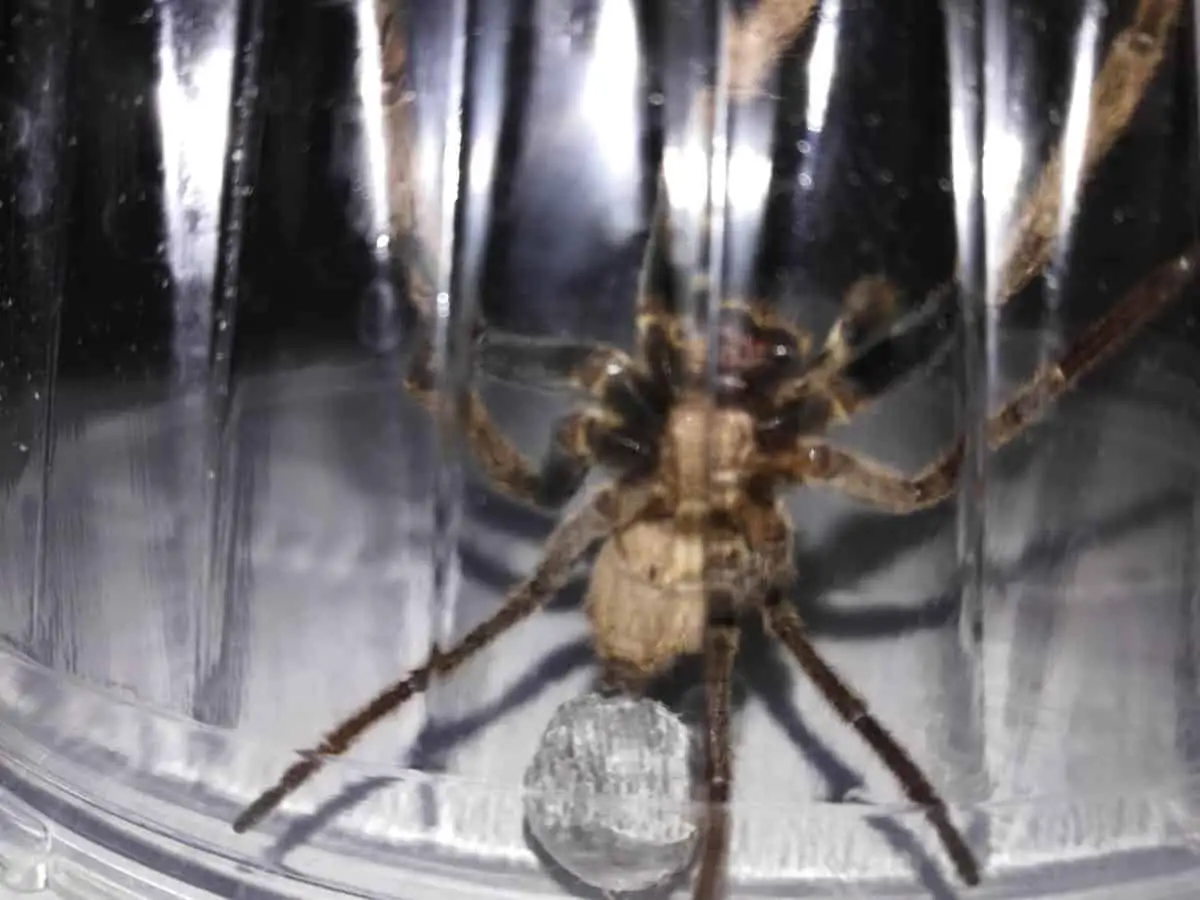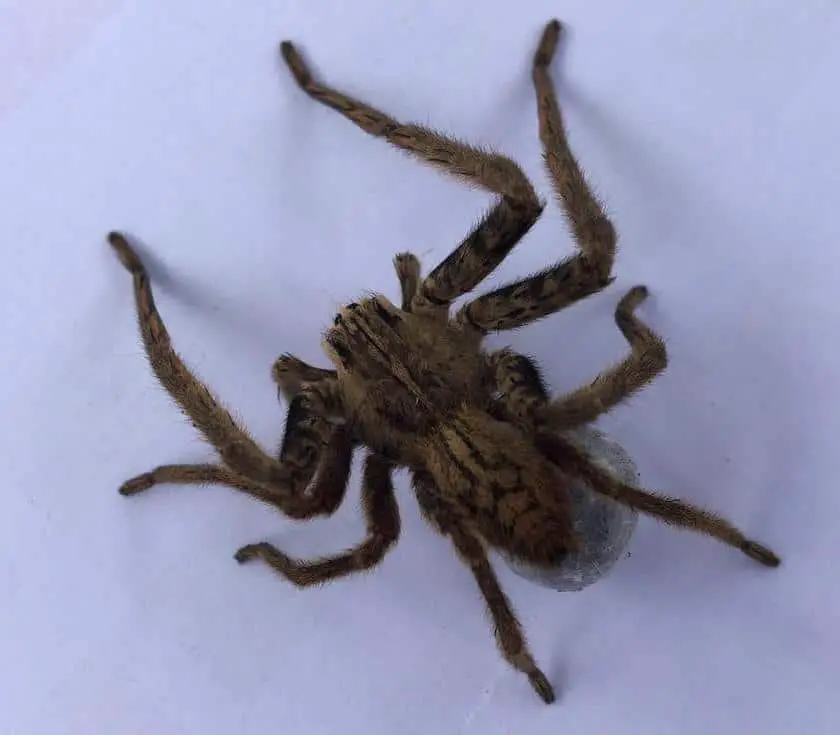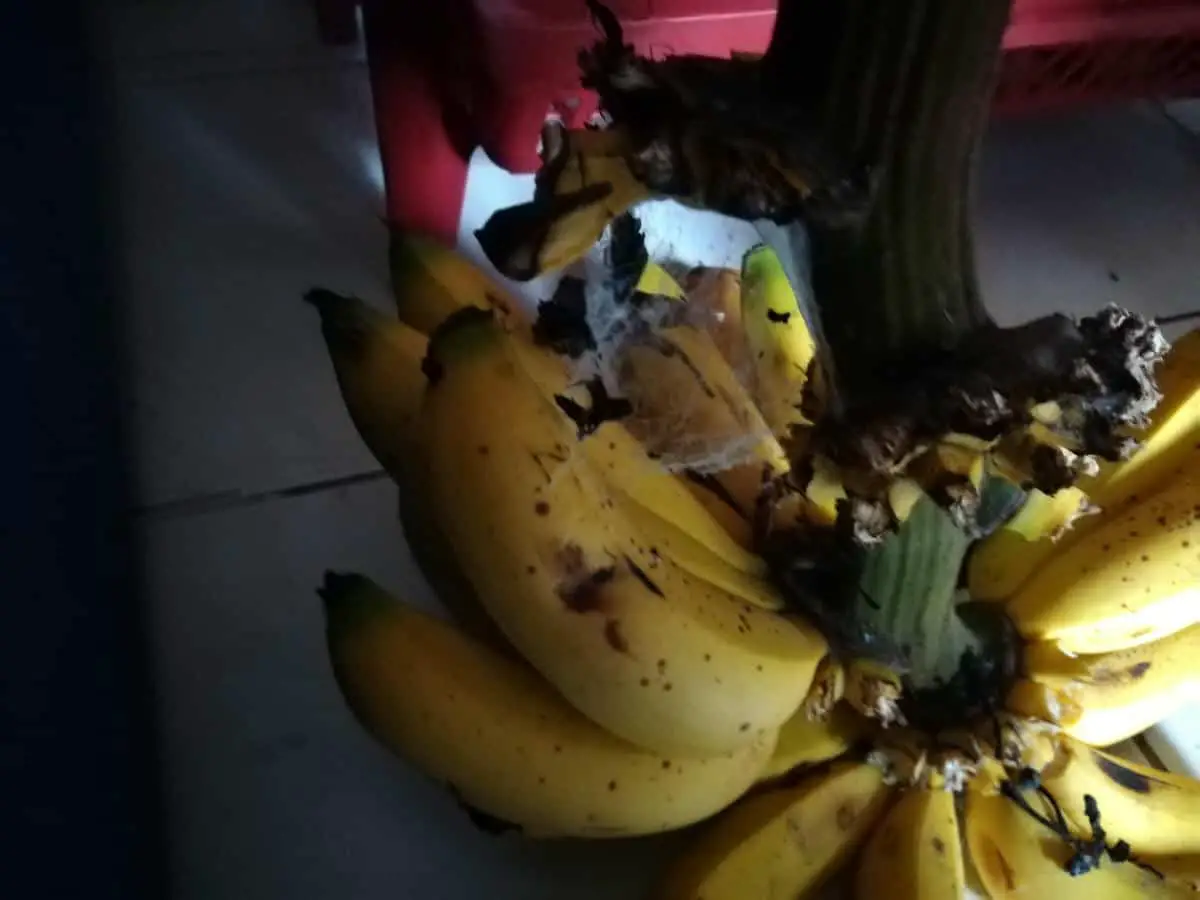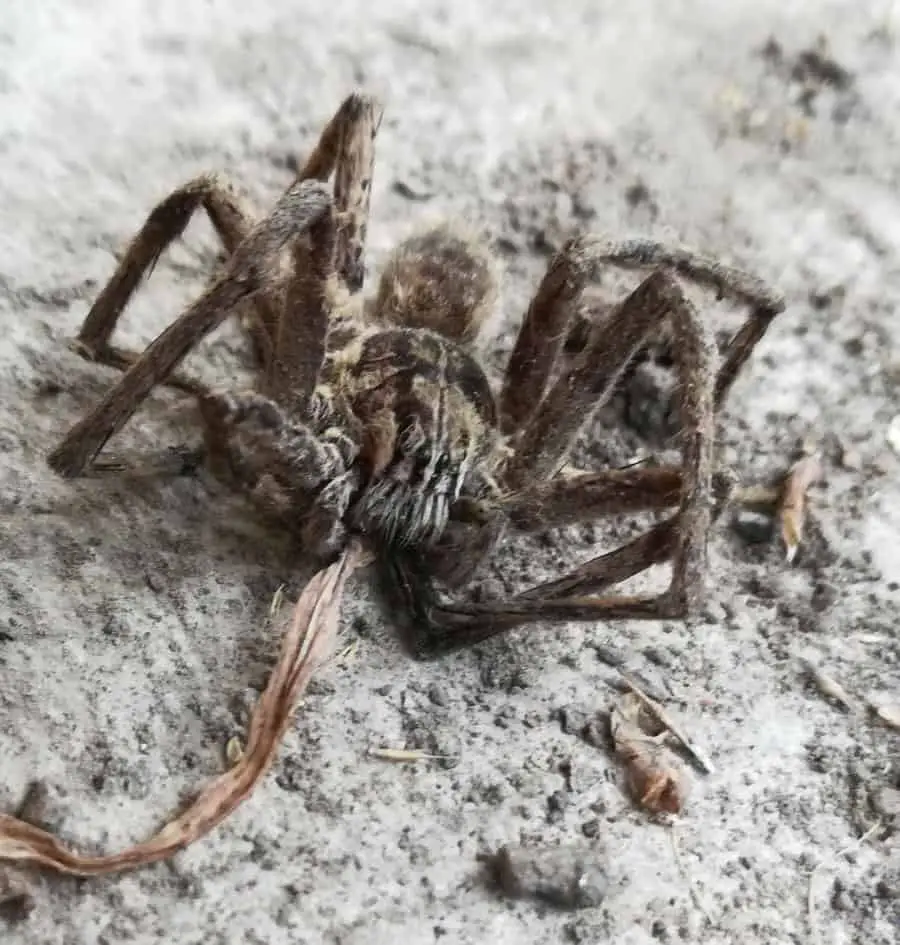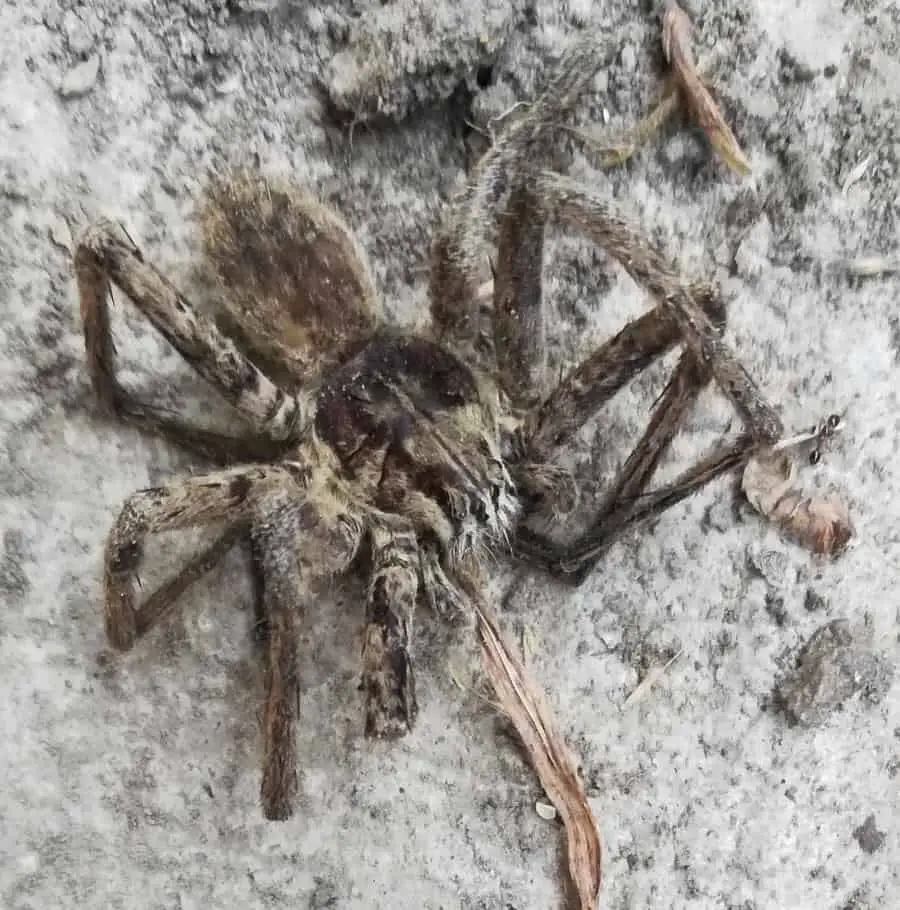Wandering Spiders are large, with bodies reaching up to 2 inches (5 centimeters) and leg spans reaching about 6 inches (15 cm). The species vary in color, though all are hairy, mostly brown and may have a black spot on their bellies. These arachnids “are called wandering spiders because they do not build webs but wander on the forest floor at night, actively hunting prey.” They kill by both ambush and direct attack. They spend most of their day hiding under logs or in crevices, and come out to hunt at night. They eat insects, other spiders and sometimes, small amphibians, reptiles and mice. Because of the toxicity of their bite and their alarming-looking posture, these spiders have a reputation for being aggressive. But these behaviors are actually defense mechanisms.The female then can store the sperm in a separate chamber from the eggs until she is ready to fertilize them. She will lay up to 1,000 eggs, which are kept safe in a spun-silk egg sac. Brazilian wandering spiders typically live for one or two years.
The Brazilian Wandering Spiders’ venom is a complex cocktail of toxins, proteins and peptides and they are known as one of the most venomous spiders in the world. The venom affects ion channels and chemical receptors in victims’ neuromuscular systems. After a human is bitten by one of these spiders, he or she may experience initial symptoms such as severe burning pain at the site of the bite, sweating and goose bumps. Within 30 minutes, symptoms become systemic and include high or low blood pressure, fast or a slow heartbeat, nausea, abdominal cramping, hypothermia, vertigo, blurred vision, convulsions and excessive sweating associated with shock. People who are bitten by a Brazilian wandering spider should seek medical attention immediately. Despite their notoriety for being dangerous, only a few members of Phoneutria have venom known to be hazardous to humans, but the venoms of this family are poorly known, so all larger ctenids should be treated with caution
All photos are copyright to their owners and may not be reproduced without permission.
Table of Contents
The Brazilian Wandering spider (Phoneutria sp.)
Phoneutria fera is regarded by some as the most dangerous spider in the world. Aggressive and highly venomous, it kills some 5 people across the world annually. It is named as such because it was first discovered in Brazil, though this genus is known to exist elsewhere in South and Central America. This spider is a member of the Ctenidae family of wandering spiders. The family of Ctenidae, where both genera, Cupiennius and Phoneutria, belong to has to date more than 500 valid, described species. Most of them have no common names. Phoneutria sp. is actually a genus with five known similar species whose members are highly venomous and not reluctant to attack people who appear threatening.
However, recent studies possibly indicate (but not with any irrefutable proof) that these spiders only inject venom in approximately one-third of their bites and may only inject a small amount in another third. Bites from these spiders may result in only a couple of painful pinpricks, or may involve full-blown envenomation; but in all cases, people bitten by a Phoneutria, or any Ctenid, should seek immediate emergency treatment, as the venom can be life threatening. P. fera and P. nigriventer are the two most commonly implicated as the most virulent of the Phoneutria spiders. P. nigriventer venom contains a potent neurotoxin, also known as PhTx3, which acts as a broad-spectrum calcium channel blocker that inhibits glutamate release, calcium uptake and also glutamate uptake in neural synapse. At deadly concentrations, this neurotoxin causes loss of muscle control, and breathing problems, resulting in paralysis and eventual asphyxiation. In addition, the venom causes intense pain and inflammation following an attack due to an excitatory effect the venom has on the serotonin 5-HT4 receptors of sensory nerves.
This sensory nerve stimulation causes a release of neuropeptides such as substance P which triggers inflammation and pain. Aside from causing intense pain, the venom of the spider can also cause priapism – uncomfortable erections that can last for many hours and lead to impotence. The venom may eventually be used in erectile dysfunction treatments. The Brazilian Wandering spider is reputed to occasionally hide in clusters of bananas. As a result, any large spider appearing in a bunch of bananas should be treated with due care.
This spider is called the wandering spider because it wanders the jungle floor, rather than residing in a lair or maintaining a web. This attribute is another reason it is considered so dangerous. In densely populated areas, Phoneutria species usually search for cover and dark places to hide during daytime, and this may occur inside houses, clothes, cars, boots, boxes and log piles; thus generating accidents when near people. Information – Answers.com & Wikipedia
Ctenus sp.
Wandering spiders of the genus Ctenus are also known as tropical wolf spiders. Nearly all species of Ctenus and several other genera are all essentially harmless to humans.
Cupiennius sp.
Cupiennius is a genus of wandering spiders found from Mexico to north western South America, and on some Caribbean islands. The genus includes both relatively small species where the cephalothorax is less than 9 mm (0.35 in) and large species where the cephalothorax can measure almost 40 mm (1.6 in). The larger species are sometimes seen far outside their native ranges in shipments of fruits, when frequently confused with Phoneutria spiders. However, unlike the dangerously venomous Phoneutria, bites from Cupiennius typically only have a minor effect on humans and have been compared to a bee sting.

